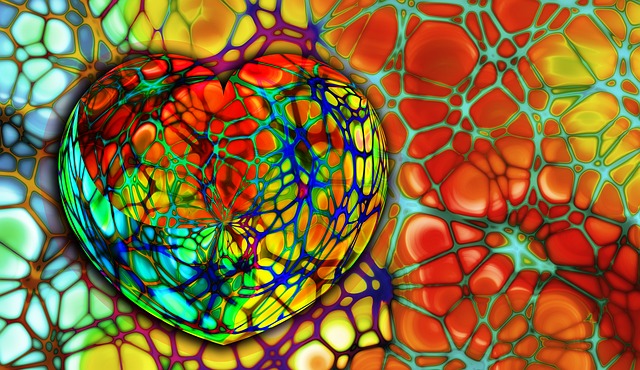
New technology indicates that scientists can combining stem cells and biomechanics to predict the kind of inherited heart defect a child may have. The technology could help doctors identify children with heart problems very early on, potentially saving lives.
The research behind the technology was recently published in the journal Cell. The breakthrough comes from a multi-institutional team involving the Cincinnati Heart Institute.
Lead study author Jeffery Molkentin explains the technology: “The technology is a mathematical model where people who are suspected to contain mutations that lead to hypertrophic (HCM) or dilated cardiomyopathy (DCM) based on a family history, and potentially based on an early phenotypic manifestation, could be analyzed to determine eventually what type of cardiomyopathy they may show.”
The mathematical model was developed by studying mice with mutations in genes that led to the HCM mutations and heart defects. They wanted to understand why the gene mutations created a change in the heart so they could predict it.
The scientists created Induced Pluripotent Stem Cells (iPSCs) from the cells of the mice. These stem cells were then transformed into cardiac myocytes. The researchers noticed that the tension dynamics of the mice’s cardiac myocytes indicated if it would have DCM or HCM. Researchers then built a mathematical model off of the correlation between those tension dynamics and the type of DCM or HCM.
So in effect — a few cells from a person can be used to create stem cells that are turned into cardiac myocytes. The tension of these myocytes will be plugged into the mathematical model to predict if the person will have a heart defect in the future! It is an ingenious combination of stem cells and biomechanics.
The finding is another step forward for personalised medicine, where a patient’s own cells are used to perform a personalised diagnosis or to develop a personalised treatment.
Source: Stem cells and biomechanics help predict and treat inherited heart defects
{{cta(‘010124f3-c9bc-4a23-b9fc-74953e6288c9’)}}


